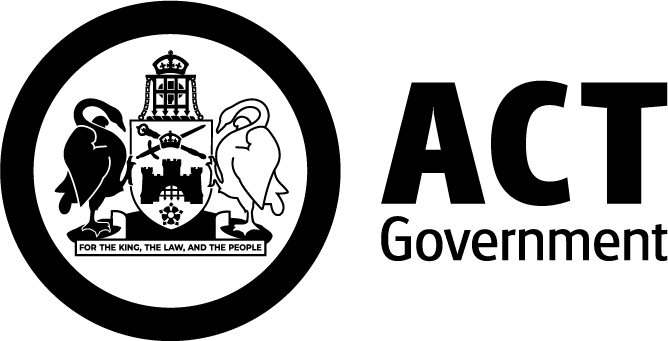Kiandra Greenhood (Pterostylis oreophila)

Photo: Mischa and Colin Rowan
Description
- The Kiandra Greenhood is also known as the Blue-tongued Greenhood.
- It is a terrestrial orchid that grows up to 200 mm tall.
- It has dark green, fleshy, flat leaves and a single green and white flower that grows to 25–30 mm long and 12–16 mm wide.
- Its curved labellum is blue or blue-green.
- It’s pollinated by gnats, mosquitoes and flowers from November to January.
Where to find them
The Kiandra Greenhood can be found fragmented across 20 different sites. They occur in 4 distinct locations, including:
- the Brindabella Ranges, ACT
- Kiandra, NSW
- Bargo, NSW
- north-east Victoria.
In the ACT, there are 2 sub-populations, with 60 mature plants in Namadgi National Park in the Brindabella Ranges.
They’re found in alpine areas but only grow under specific conditions. This includes:
- next to small mountain and subalpine streams
- under bushes of Mountain Tea Tree (Leptospermum grandiflorum)
- in black mud, peaty soil and sphagnum moss mounds.
Conservation threats
The biggest threat to the Kiandra Greenhood is the destruction of its habitat. Other threats include:
- soil damage from feral pigs and deer rooting, wallowing and trampling
- changes to water flow caused by grazing
- poor land management such as improper fire practices
- illegal plant collection.
In the ACT, the main threats to the Namadgi National Park populations are pest animals and weeds. These pests can damage the habitats of the orchid, causing:
- disruption to soil
- selective and over-grazing
- erosion
- weed invasion.
Conservation status
- National – Critically endangered (Environment Protection and Biodiversity Conservation Act 1999).
- Australian Capital Territory – Critically endangered (Nature Conservation Act 2014).
Conservation actions
Conservation aims to protect the Kiandra Greenhood’s habitat. This includes to:
- identify populations that are high conservation priority
- monitor known populations to identify key threats
- make sure there is no unnecessary disturbance to known populations
- manage changes to water flow
- prevent the spread of invasive weeds
- control pest animals in the area
- include information about the Kiandra Greenhood habitat in fire management plans
- track and adjust management actions as needed
- raise awareness about the Kiandra Greenhood in the local community.
Strategies and plans
-
Nature Conservation (Kiandra Greenhood) Conservation Advice 2019
-
Commonwealth Conservation Advice - Kiandra Greenhood
-
Planning and Development (Namadgi National Park) Plan of Management 2010 [PDF 5.9 MB]
-
Nature Conservation (Ginini Flats Wetland Complex Ramsar Site) Management Plan 2017
-
Nature Conservation (High Country Bogs and Associated Fens) Conservation Advice 2019
